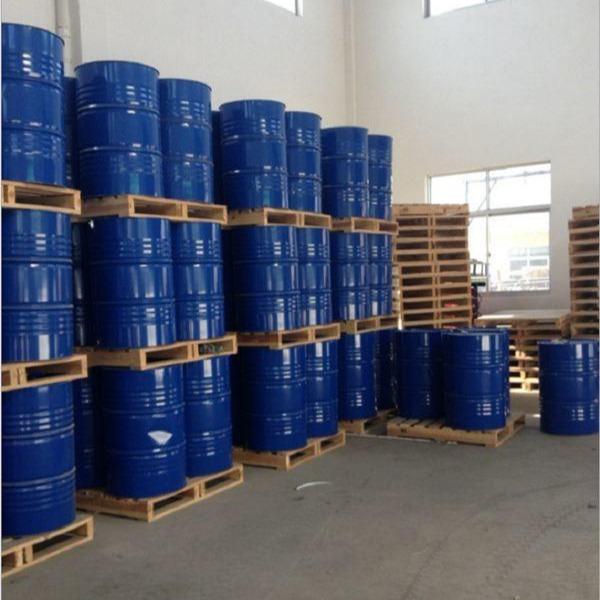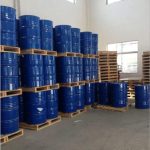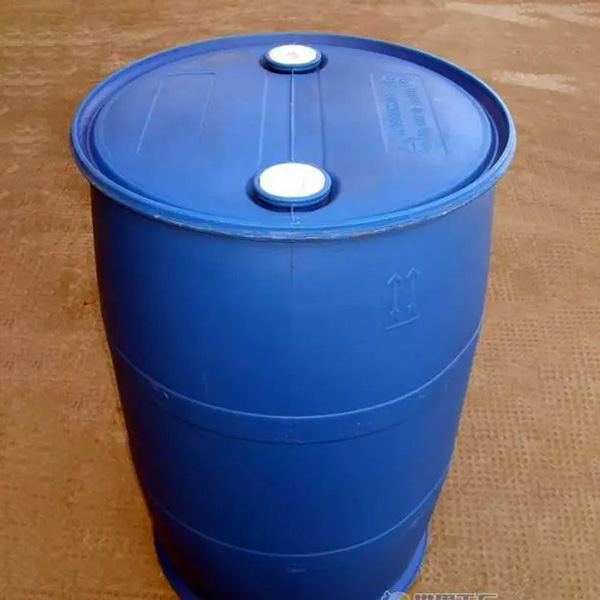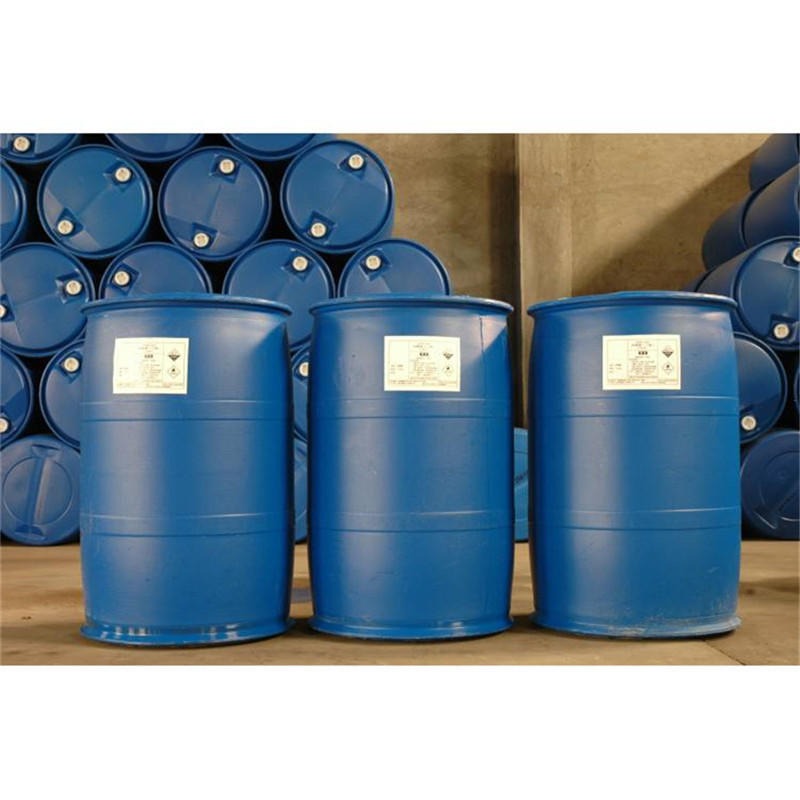
Styrene
Gradually polymerizes and oxidizes in the air, and an inhibitor [hydroquinone or tert-butylcatechol (0.0002% to 0.002%) as a stabilizer to delay its polymerization] must be added before it can be stored. In industry, it is an important monomer for synthetic resins, ion exchange resins, and synthetic rubber. Styrene can also undergo addition reactions unique to olefins. In industry, styrene can be obtained by catalytic dehydrogenation of ethylbenzene. In the laboratory, it can be obtained by heating cinnamic acid. As early as 1850, people knew that styrene did not react with natural resins but would undergo polymerization. However, it was not until the 1830s that it was applied to industrial production. Styrene is produced by dehydrogenating ethylbenzene (ethylbenzene is a compound of ethylene and benzene extracted from gasoline). In 1937, the German company Farben and the American company Dow Chemical used the ethylbenzene dehydrogenation method to industrialize the production of styrene. During World War II, production expanded rapidly due to the need to produce synthetic rubber. After the war, due to the development of styrene plastics, the production of styrene rose sharply, and some other production methods emerged. For example, in 1966, the Hakon Company of the United States developed the ethylbenzene co-oxidation method; in the early 1970s, Japan and other countries used extractive distillation to separate styrene from cracked gasoline. The amount of styrene produced depended on the scale of ethylene production. In 1981, the total capacity of styrene plants in the world reached 17.13Mt, of which more than 90% was produced by ethylbenzene catalytic dehydrogenation.








